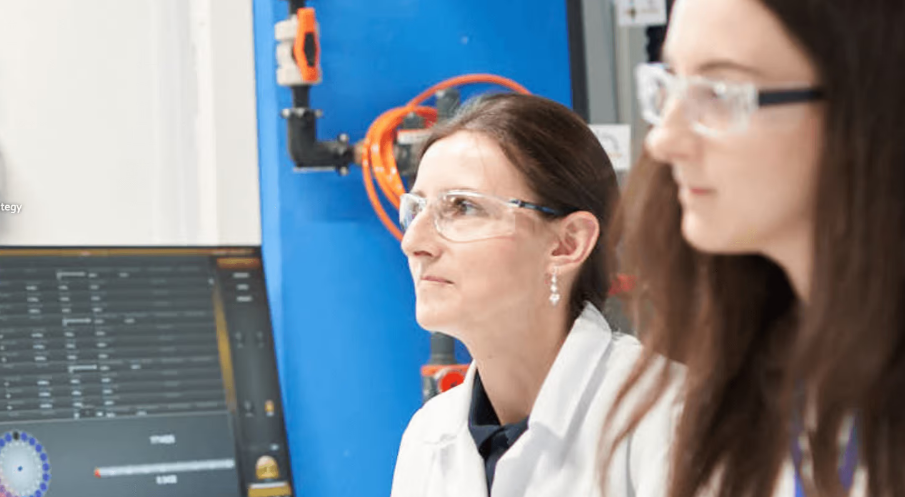Honeywell and Johnson Matthey (JM) have teamed up to work on developing low-carbon hydrogen solutions.
Combining JM’s LCH™ technology with Honeywell’s carbon capture technology, to produce lower carbon intensity hydrogen (CCS-enabled blue hydrogen) at scale, will provide project developers with new opportunities for producing clean hydrogen.
Demand for hydrogen solutions is on the rise with public policies and funding mechanisms being put in place to encourage investment. An example is the US Inflation Reduction Act (IRA), which commits billions of dollars in production tax incentives for clean hydrogen producers.
With the evolving legislative environment, an integrated solution was identified with low process carbon intensity as a key target. According to JM-Honeywell UOP calculations, the result is a solution which will enable direct process emissions to be less than 0.1 kg CO2/kg H2 by capturing carbon rates above 99%. This provides eligibility for production tax credits within the IRA, meaning projects can access the support they need to be deployed rapidly.
This relationship also builds on the collaboration recently announced at the European Refining Technology Conference in Berlin, where JM is integrating differentiated Honeywell UOP technologies into its CLEANPACE™ offering for decarbonising existing synthesis (syngas) gas plants.
Honeywell’s solvent CO2 capture and hydrogen solutions allow it to be captured, transported, and stored at lower cost through greater efficiency, while allowing for smaller equipment and lower capital operational expenses needed to run the plant compared to existing technologies.
Alberto Giovanzana, Chief Commercial Officer of Catalyst Technologies at Johnson Matthey, said by joining complementary technology elements, it will provide customers with a cost-effective approach that will enable meaningful reductions in emissions compared to conventional technology.
He said, “As we mentioned in our Strategy Review earlier in the year, Catalyst Technologies aim to expand our offering through new strategic partnerships, integrating them with adjacent technologies. We look forward to working with Honeywell on expanding our offering to include other sustainable technologies in the fuel and chemical spaces.”
Barry Glickman, Vice President and General Manager, Honeywell Sustainable Technology Solutions, said industries need to quicken their pace to reduce their emissions in order to meet their carbon reduction targets.
He said, “This is accelerating the demand for clean hydrogen, which is expected to grow up to sevenfold by 2050. Collaborations like the one between Honeywell and Johnson Matthey across the clean hydrogen value chain are essential to accelerating the energy transition and helping to meet global emissions goals.”
Today, 15 million tonnes per year of CO2 are being captured and used in storage/utilisation applications through Honeywell’s CO2 solutions processes. Honeywell currently has the capacity to capture 40 million tonnes per year through its installed projects worldwide. To read JM’s portfolio of hydrogen offerings, click here.
JM and Doosan Enerbility recently signed an agreement to develop hydrogen-fuelled power plants in South Korea. The partnership supports the South Korean Government’s plans to increase the share of clean hydrogen-based power generation to 2.1% by 2030 and 7.1% by 2036.
